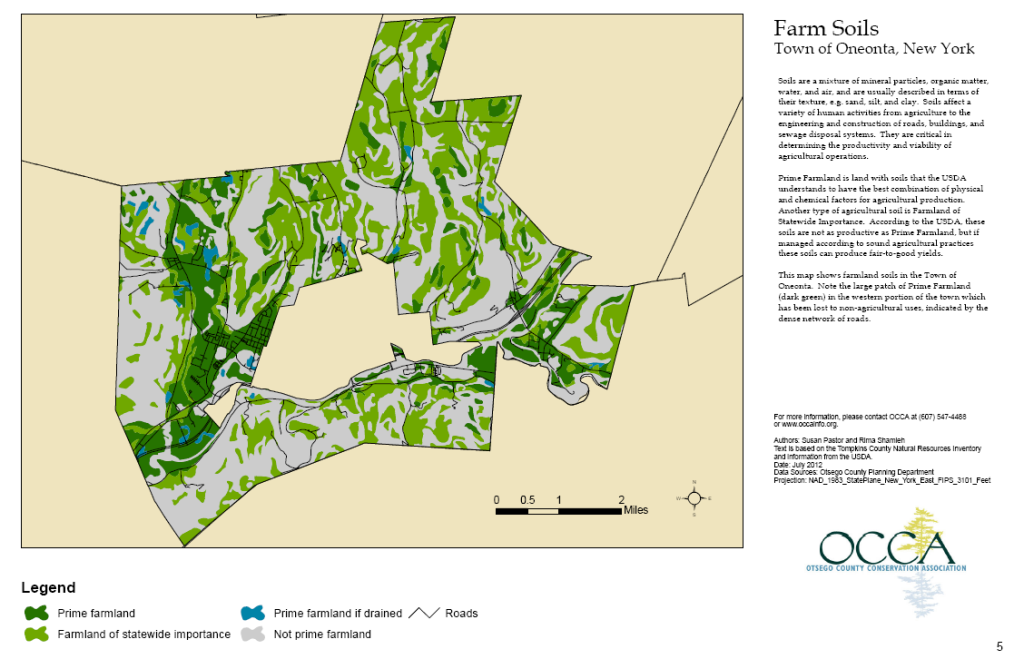
NRI Project Springs from RIC Framework
By DAN SULLIVAN
ONEONTA
In 2021, newly-inaugurated SUNY Oneonta President Alberto Cardelle began a series of discussions with regional and university stakeholders to determine what SUNY Oneonta’s role in the community should be. The result was the formation of the Regional Innovation Council in 2022. The RIC consists of a diverse group of some 100 academic and community leaders who seek to improve Otsego County’s economic and community development through innovative approaches in coordination, problem solving, and communication. Of the more than 20 initiatives the RIC has begun, the most recent has been the project to create a Natural Resources Inventory for Otsego County.
The Natural Resources Inventory was created by the Natural Resources Conservation Service for the purpose of “assess(ing) conditions and trends of soil, water and related resources on non-Federal rural lands.” This broad definition encompasses much more than its brevity might suggest. The concept has been adopted by state agencies as well, such as the New York State Department of Environmental Conservation, which lists an NRI as a project that can lead to Climate Smart Certification. Conservation of natural resources begins when the type and extent of these resources is known. Hence, the importance of the NRI.
The idea of an Otsego County NRI was resurrected at a breakout session the RIC and Community Foundation of Otsego County sponsored last spring. NRI’s are nothing new—the Otsego County Conservation Association created an NRI for the Town of Oneonta in 2012, as a template for other municipalities to follow. This latest effort is spearheaded by the leadership of Danielle McMullen (SUNY) and Cherise Tolbert (Otsego Land Trust), and a county Natural Resources Council has been formed to take on the task of creating the inventory. Several NRC meetings have been held, and a large and impressive group of stakeholders from local groups, conservation nonprofits and state agencies has coalesced around the project.
At present, the work is being divided among three committees. The GIS Data Gathering Committee is charged with, well, data gathering, concentrating initially on soil, water and forest resources, then moving into areas such as land use. The Strategy and Initiatives Committee is charged with how to go about creating the inventory, and to plan for its various stages of development. The third committee, Public Outreach, is to keep the public informed of the progress of the inventory, as well as to educate the public as to its use and importance. The committees will work independently, and come together periodically to report progress.
One may ask, what is the purpose of such an exercise? There are benefits to having an NRI on a few different levels. As mentioned earlier, protecting natural resources is only made possible when the type and extent of these resources is known. In addition, the chance of obtaining funding is made possible when the resources are quantified. Perhaps most important is the fact that a Natural Resources Inventory serves as a solid basis for land-use policy, so critical as we take on the challenges of climate change.
The Natural Resources Council meets monthly to continue its work. To learn more about the council and the NRI process, contact the Otsego Land Trust at (607) 547-2366.

